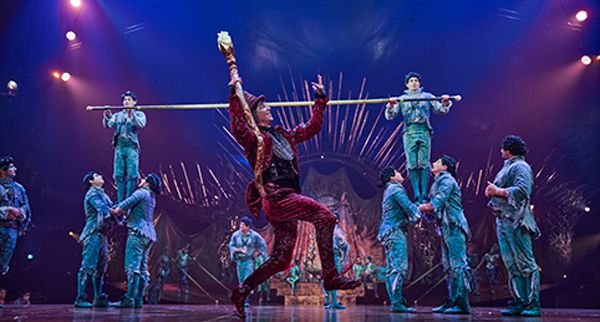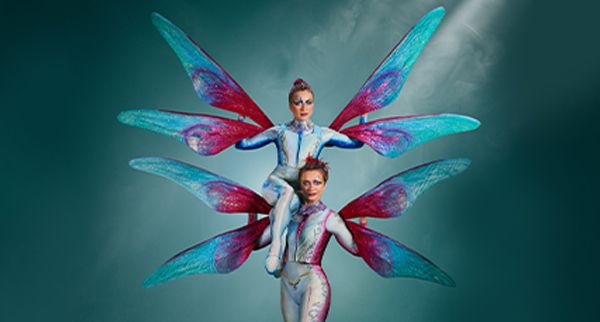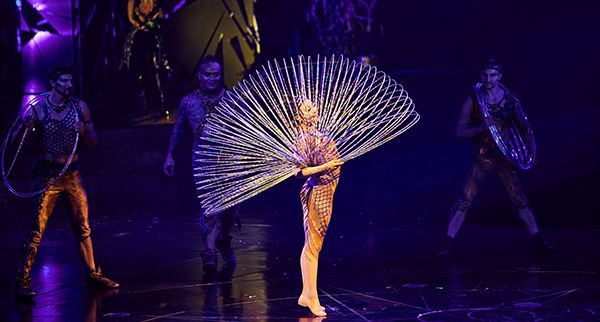Fascinating Facts About Alegría

- The Crown stage you see at the start of Alegría has 120 spikes and 64 branches, and the vines on the Crown measure 975 meters (3198.8 ft) in total length.
- The Crown curtain, on which appears a salamander (a symbol of the French Renaissance), was printed in Germany in a single pass on a giant, seamless piece of fabric that is 33.5 meters (109.9 ft) wide and 6 meters (19.6 ft) high.

- To give the appearance of realistic wear and tear on some costumes, more than 1,000 meters of fabric was printed using a technique called sublimation, which fixes images in the fibers of the material.
- The mesh used in the costumes of the Bronx is made of the same material used in making hockey nets.

- A total of 125 people from 20 countries are part of the touring cast and crew of Alegría.
- There are 96 costumes and 533 different costume elements in each performance.
- Designers spent nearly 500 hours developing the make-up concepts of Alegría and more than a thousand hours teaching the artists how to apply it to their own faces.
- The average lifespan of each costume piece is 6 months.

- The original Alegría premiered under the Big Top on April 21, 1994 and went on to tour the world for 19 years.
- The revival of Alegría is the 44th original production created by Cirque du Soleil since 1984, and its 19th presented under the Big Top.
- The white colored canvas of the Big Top helps to counter the effects of the sun, thereby reducing energy consumption and minimizing greenhouse gas emissions.
- The mobile Cirque du Soleil village, including the Big Top, is completely self-sufficient for electrical power. The site relies only on local water supply and telecommunication facilities to support its infrastructure.